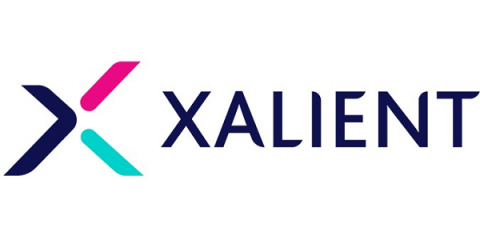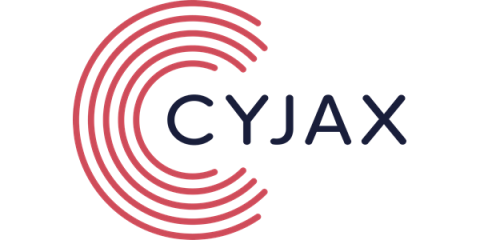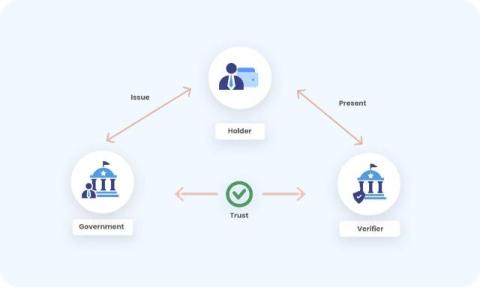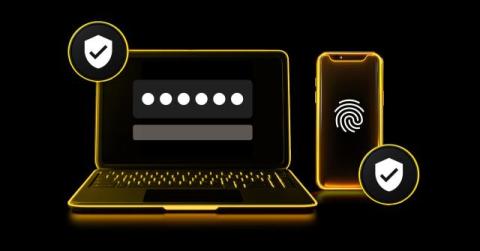Crushing False Positives: Supercharging SOC Efficiency with Smarter Threat Intel
Security Operations Centers (SOCs) are critical to protecting organizations against cyber threats. Tasked with monitoring networks, analyzing data, and responding to incidents, these teams rely heavily on threat intelligence to detect and mitigate risks. However, one of the most significant challenges they face is the issue of false positives — when benign activities are flagged as potential threats.











